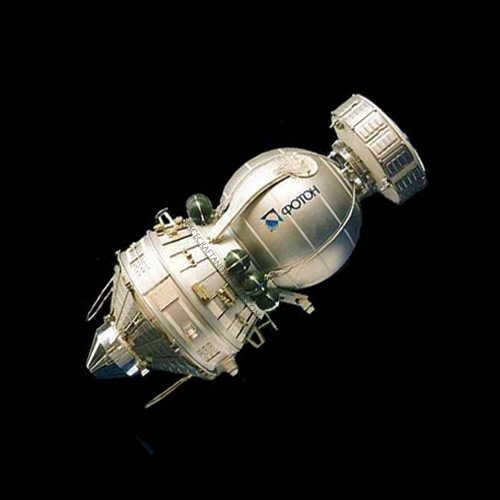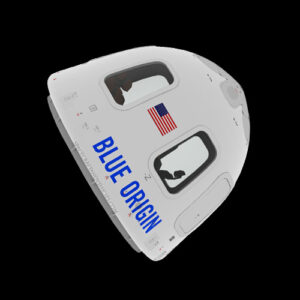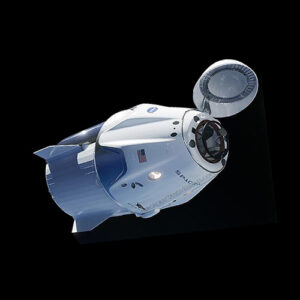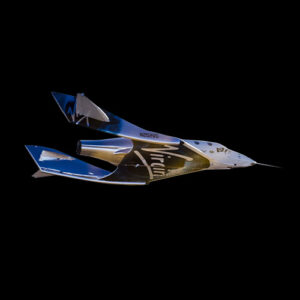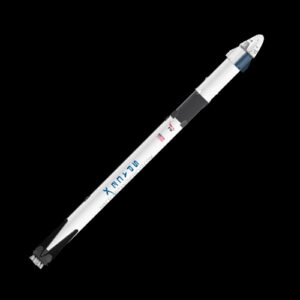The Foton spacecraft, developed by the Soviet Union and later Russia, was designed for scientific research missions in space. Notable for its ability to carry experiments and equipment to conduct experiments in microgravity, Foton played a significant role in advancing our understanding of various scientific phenomena in space.
Design and Construction
The Foton spacecraft featured a compact cylindrical design, housing scientific payloads within its pressurized module. Constructed primarily from lightweight yet durable materials, such as aluminum and composite materials, Foton incorporated thermal protection systems to withstand the extreme temperatures of re-entry into Earth’s atmosphere. Unique engineering challenges included designing systems for experiment automation, data collection, and re-entry module recovery.
Mission Objectives
The primary mission objective of the Foton spacecraft was to conduct scientific experiments in microgravity conditions, covering a wide range of disciplines including biology, materials science, fluid dynamics, and astronomy. Secondary objectives included technology demonstration and validation of spacecraft systems for future missions.
Launch and Deployment
Foton spacecraft were typically launched aboard Soyuz-U or Soyuz-FG rockets from the Baikonur Cosmodrome in Kazakhstan. Throughout its operational history, Foton missions were launched periodically, with the first mission occurring in 1985. Key discoveries and findings from Foton missions include advancements in understanding the effects of microgravity on biological organisms, materials processing, and fluid behavior.
Technical Specifications
- Dimensions: Approximately 2.8 meters in length, 2.2 meters in diameter
- Weight: Varies depending on mission configuration
- Payload Capacity: Up to 6,000 kilograms
- Propulsion System: Foton spacecraft relied on their launch vehicles for propulsion to reach orbit.
- Power Source: Solar panels provided power for onboard systems.
- Instruments and Equipment: Foton spacecraft carried a variety of scientific instruments and equipment tailored to specific research objectives, including biological experiment racks, materials processing chambers, and telescopes for astronomical observations.
Current Status
As of 2024, the Foton spacecraft series is retired, with the last mission completed in 2014. However, its legacy lives on through the wealth of scientific data and discoveries made during its operational lifetime. While there are no ongoing missions, the knowledge gained from Foton missions continues to inform and inspire future space exploration endeavors.
